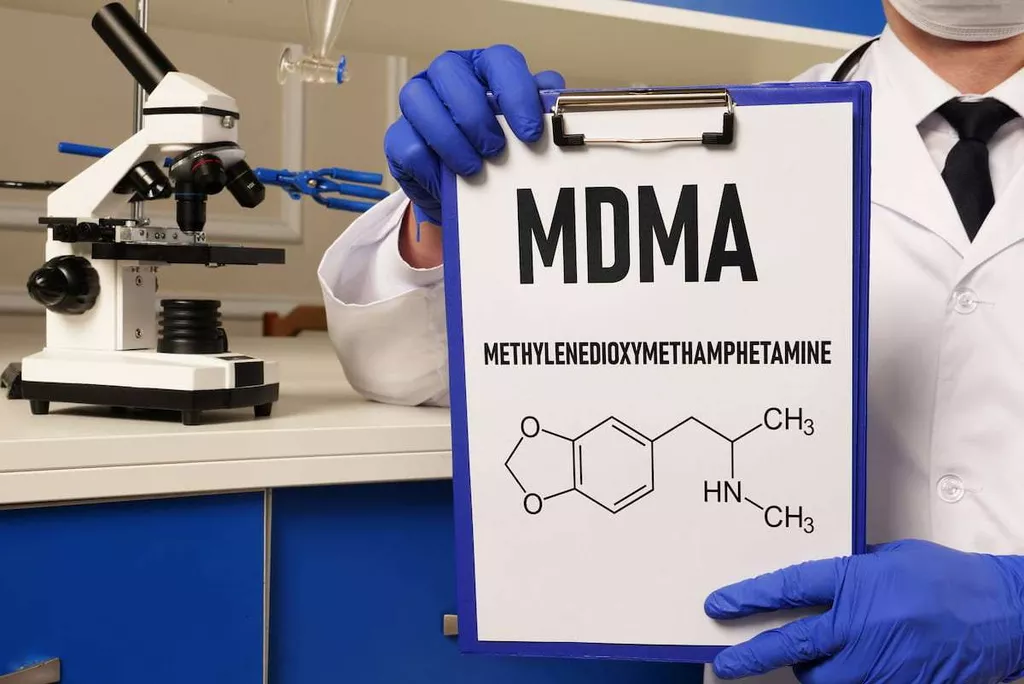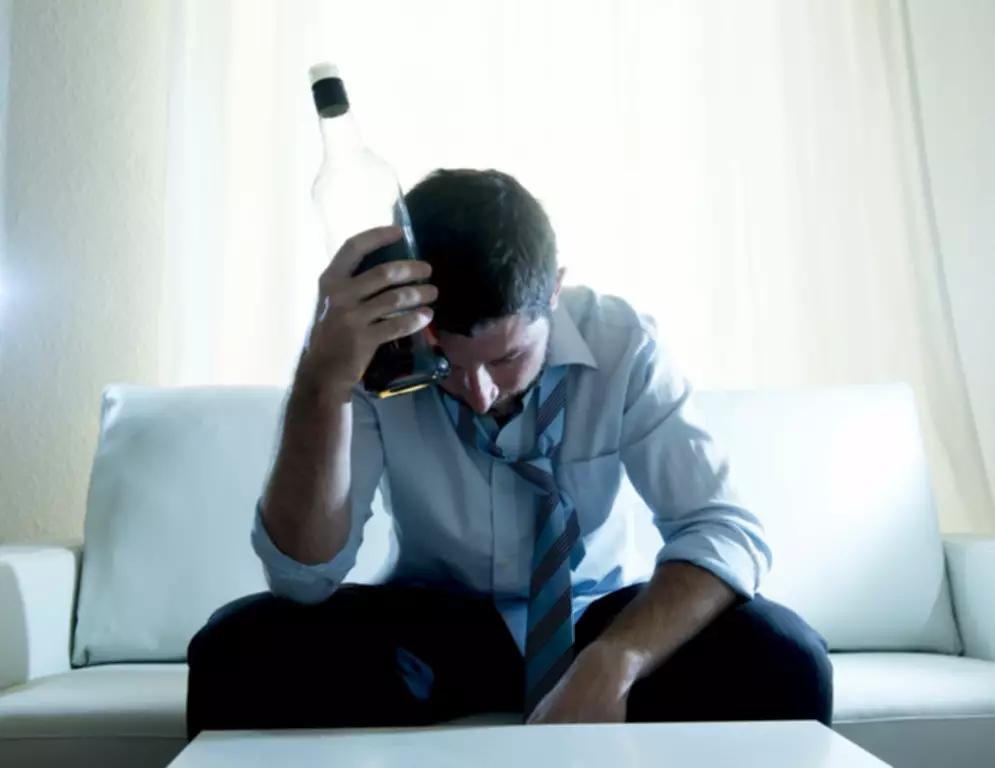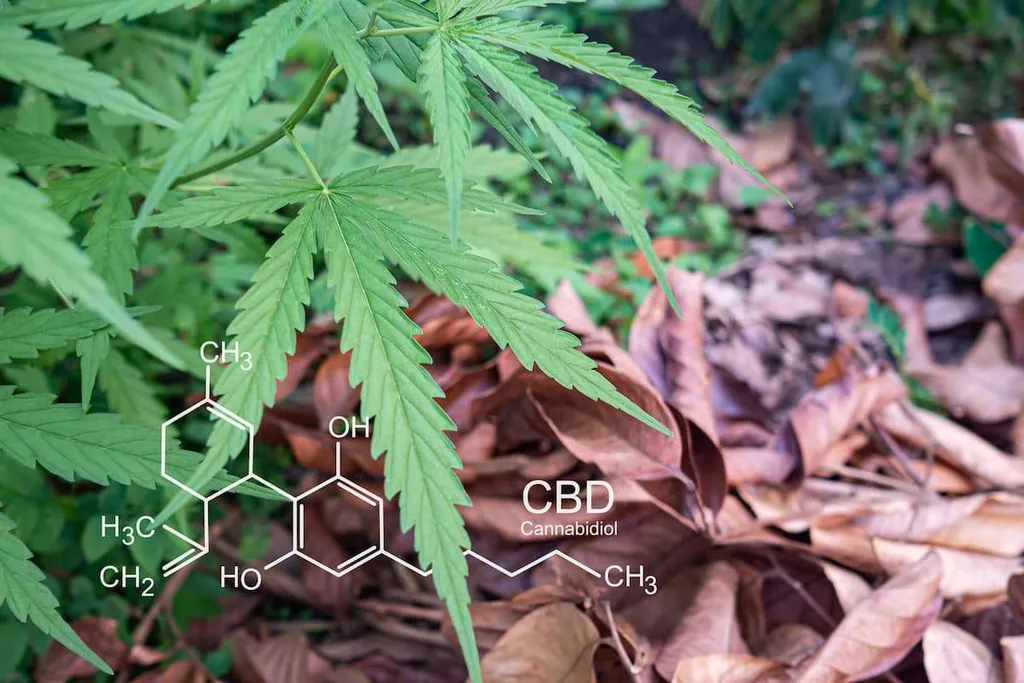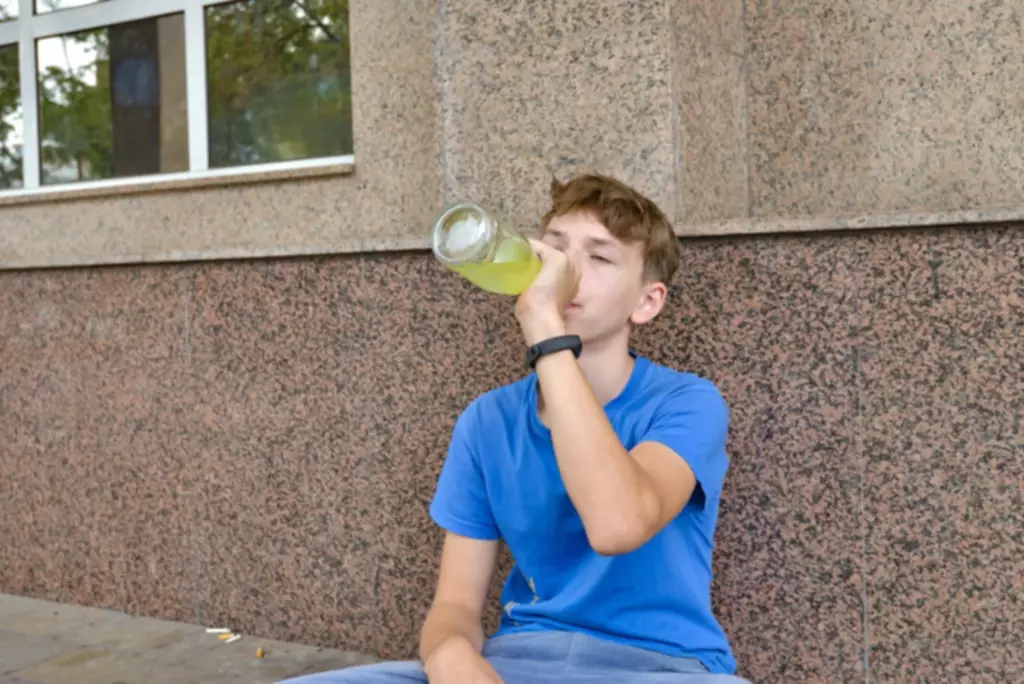
Embarking on a journey to cut down or go alcohol-free is a significant step towards a healthier, happier life. To help you along this empowering path, it’s essential to get clear on your reasons for making this positive decision. At PTSD UK, we are excited Twelve-step program to join forces with SoberBuzz to extend our support to people dealing with PTSD or C-PTSD who are seeking to take control of their alcohol consumption.
How can I support a loved one struggling with alcohol addiction and co-occurring PTSD?
U.S. surveys, such as the St. Louis sample of the ECA,8 the NCS,16 and the NESARC,23 have consistently found relationships between alcohol problems and PTSD. Hyperarousal symptoms refer to the persistent state of heightened arousal and vigilance. This can include difficulties with sleep, irritability, difficulty concentrating, and an exaggerated startle response. Individuals with PTSD may constantly feel on edge as if they are in constant danger.

Mixing Weed and Alcohol: Effects and Risks
By taking steps towards recovery, individuals not only improve their current quality of life but also invest in their long-term health and well-being. Relapse prevention strategies are a critical component of long-term management. These strategies may include identifying triggers, developing coping plans for high-risk situations, and regularly attending therapy or support group meetings. It’s important to recognize that relapse is often a part of the recovery process and should be viewed as an opportunity for learning and growth rather than a failure.

Neuroimaging Studies on Spirituality and Recovery
Treatment for co-occurring PTSD and addiction often includes a combination of therapies designed to address both conditions. For example, trauma-informed care, cognitive-behavioral therapy (CBT), and other evidence-based therapies can help individuals confront the root causes of their trauma while developing healthier coping mechanisms. Additionally, programs that emphasize mental health disorders treatment provide an integrated approach that supports the individual’s overall well-being and long-term recovery. Taken together, the papers included in this virtual issue on AUD and PTSD raise important issues regarding best practices for the assessment and treatment of comorbid AUD/PTSD, and highlight areas in need of additional research. First, all patients presenting with AUD should be assessed for trauma exposure and PTSD diagnosis.
Alcohol and Cialis: Risks, Side Effects & Treatment
- These include a history of childhood trauma, exposure to combat or other forms of violence, genetic predisposition to addiction, and pre-existing mental health conditions.
- This can create a vicious cycle where individuals turn to alcohol as a coping mechanism, only to find their anxiety escalating as a result.
- Spirituality plays a critical role in safeguarding individuals from substance abuse by fostering a strong sense of self-worth and promoting personal values that discourage drug use.
- Comorbidity between PTSD and AUD represents a key area in alcohol research, made richer by developments in both basic and clinical science and one in which there is an urgent need to identify effective treatments.
- For example, trauma-informed care, cognitive-behavioral therapy (CBT), and other evidence-based therapies can help individuals confront the root causes of their trauma while developing healthier coping mechanisms.
These, in turn, may contribute to worsening symptoms in a counterproductive cycle. Consider making weekend mornings a dedicated period for activities that help you unwind and relax. Look for wellness activity groups that align with your interests, whether it’s walking, meditation, yoga, or even adventurous experiences like wild swimming. SoberBuzz founder, Kirsty, has been journaling her gratitude ptsd and alcohol abuse every day since she stopped drinking, and she attests that it’s the most powerful tool for self-care and self-compassion.
- Sleep outcomes were also assessed but there was no change over time and no medication effect.
- Also needed is examination of how adding PTSD-focused treatment to AUD treatment will be feasible in terms of treatment costs, training requirements, and staff workload.
- By taking steps towards recovery, individuals not only improve their current quality of life but also invest in their long-term health and well-being.
- The randomized clinical trials treating AUD and comorbid PTSD were mostly well-designed studies that used similar inclusion/exclusion criteria, notably current DSM-IV diagnosis of alcohol dependence and PTSD, with current drinking requirements for entry.
- Share your journey, lean on others for support, and let them be a guiding light during challenging times.
As mentioned above, studies have been conducted at VA settings with male patients who have experienced combat, while others are in predominately female civilian populations, limiting the ability to compare findings across studies. One of the studies reviewed was based on sub-group secondary analyses that were not the study’s original focus (Petrakis et al. 2006) and another was a 4-week inpatient study in which PTSD symptoms, but not alcohol consumption, were evaluated (Kwako et al. 2015). Given the paucity of studies we opted to include the latter two studies in this review (See Table 1). The results of these two studies do not significantly alter the conclusions/recommendations except to help suggest future research directions. Another crucial aspect to consider is the level of support available to individuals following a traumatic event. Having a strong support system, whether it be friends, family, or mental health professionals, can greatly impact a person’s ability to cope with and recover from trauma.
How to identify signs of substance abuse in a loved one
Veterans are also more likely to engage in binge drinking, consuming a large quantity of alcohol over a short period. It’s common for people to feel an urge to drink after going through a traumatic event. After experiencing a traumatic event, it’s common to feel differently than you did before. Maybe you’re experiencing unwanted thoughts or flashbacks to the traumatic event.

The Cycle of Avoidance

The interplay of these factors can create a perfect storm, increasing an individual’s vulnerability to both disorders. PTSD (Post-Traumatic Stress Disorder) and alcohol abuse are two serious mental health issues that often occur together. People with PTSD sometimes use alcohol to cope with the intense emotional pain and stress caused by their trauma. This can result in a harmful cycle where alcohol consumption exacerbates PTSD symptoms and contributes to increased addiction.
